As more and more households and businesses in Australia turn to solar power, the Feed-In Tariff (FIT) has become an increasingly popular way to earn money from excess energy generated by solar panels. In this guide, we’ll take a closer look at Feed-In Tariffs in each state and territory in Australia.
But first,
What is a feed-in tariff?
A Feed-In Tariff (FIT) is a payment from your energy retailer for every kilowatt-hour (kWh) of electricity you generate and export back to the grid. The FIT aims to incentivise households and businesses to generate their own energy using solar PV systems and help them save money in the long run.
Under the FIT scheme, eligible households and businesses can receive payments from their electricity retailer for the extra power they generate from their solar PV system. The rates vary depending on the state or territory you live in, with higher rates usually offered for the energy generated during peak times (usually during the day) compared to off-peak hours.
The specific rates and conditions for the Feed-In Tariff vary across Australia’s different states and territories. So let’s identify them for each state.
Queensland
Electricity retailers in South East Queensland (SEQ) offer competitive Feed-In Tariff rates for solar power customers voluntarily. So it’s essential to shop around and compare the Feed-In Tariff rates offered by different electricity retailers to ensure you receive the best rate possible.
The Queensland Competition Authority monitors Feed-In Tariff offers in SEQ as part of its broader price monitoring role. Based on your expected usage, the authority provides customers with options for the best Feed-In Tariff rates.
You can use the energy offer comparison tool on the Australian Energy Regulator’s Energy Made Easy website to find out the Feed-In Tariff rates offered by electricity retailers. This tool allows you to compare and select the best Feed-In Tariff rates from different electricity retailers.

New South Wales, South Australia, & Tasmania
All of these states offer various Feed-In Tariff schemes for solar power customers. The rates and conditions depend on the size of your solar system and when it was installed. Again, using the energy comparison tool mentioned above is a great way to search for competitive rates.
Victoria
In Victoria, two government-mandated Feed-In Tariff schemes have been in effect since July 1, 2018. The first is a flat minimum rate of 9.9 cents per kilowatt-hour (kWh) for any excess solar energy exported to the grid. The second scheme offers a time-varying rate between 7 and 29 cents per kWh. However, households in Victoria may find higher Feed-In Tariff rates by exploring the market and comparing offers from different electricity retailers.
Western Australia
Western Australia offers a Feed-In Tariff scheme for solar power customers who export excess energy back to the grid. The rate depends on the size of your solar system and the time of day that the excess energy is generated.
Northern Territory
The Northern Territory offers a Feed-In Tariff scheme for solar power customers who export excess energy back to the grid. The rate is set by Power and Water Corporation and is reviewed annually.
Feed-In Tariffs are an excellent way to earn money from solar power investments. Each state and territory in Australia has its own Feed-In Tariff scheme, with rates and conditions that vary depending on where you live. So it’s essential to stay informed and understand the rates and conditions of the scheme in your state. At Solar Battery Group, we’re committed to providing our customers with the highest quality solar panels and battery solutions. We encourage you to take advantage of the benefits of solar power and Feed-In Tariffs and join us in building a sustainable future. Contact us today to get started.

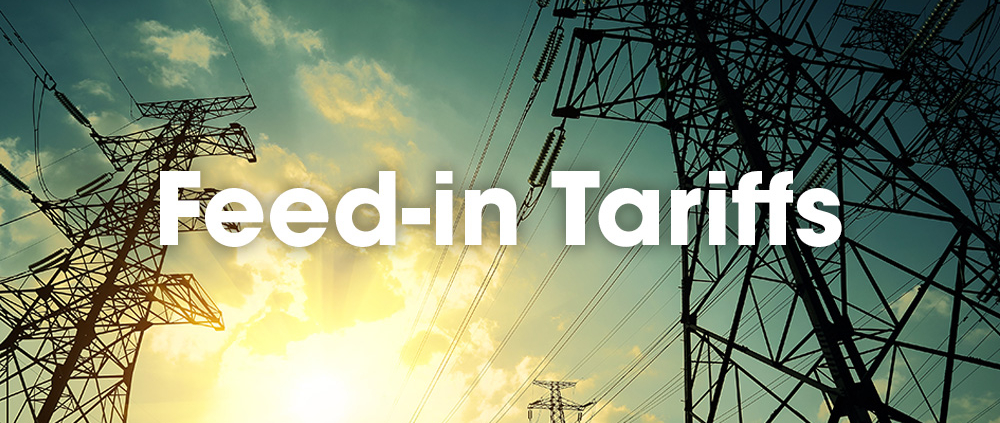 Solar Battery Group
Solar Battery Group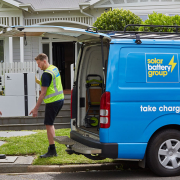 Solar Battery Group
Solar Battery Group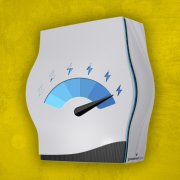 Solar Battery Group
Solar Battery Group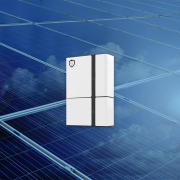 Solar Battery Group
Solar Battery Group Solar Battery Group
Solar Battery Group Solar Battery Group
Solar Battery Group Solar Battery Group
Solar Battery Group Solar Battery Group
Solar Battery Group Solar Battery Group
Solar Battery Group


 Solar Battery Group
Solar Battery Group Solar Battery Group
Solar Battery Group